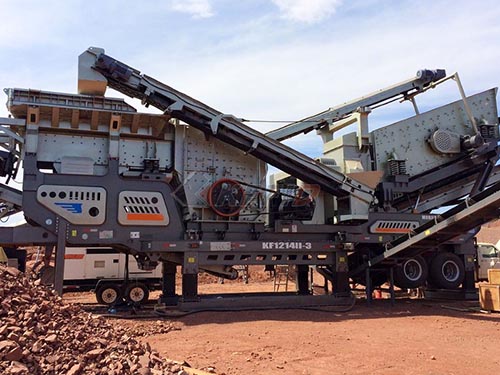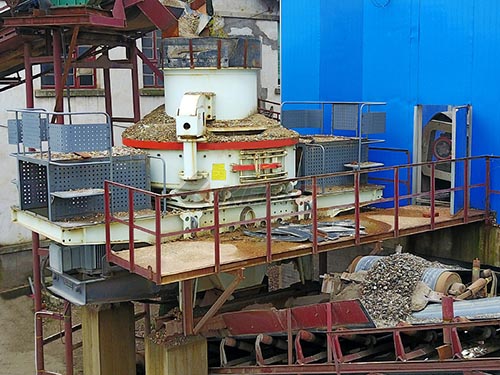
Decibel Levels and Rock Crushers: Understanding the Roar and Protecting Your Hearing
The relentless processing of rock is fundamental to construction, mining, and aggregate production. Central to this process are rock crushers – powerful machines designed to reduce large boulders into smaller gravel, sand, or rock dust. However, alongside their essential function comes a significant occupational hazard: intense noise. Understanding the decibel (dB) levels generated by these machines is not merely an academic exercise; it’s a critical component of workplace safety and regulatory compliance.
The Decibel Scale: Measuring the Impact
Sound intensity is measured on the logarithmic decibel scale. points to remember:
Logarithmic Nature: A 10 dB increase represents a tenfold increase in sound intensity and is perceived as roughly twice as loud to the human ear. A 3 dB increase represents a doubling of sound energy.
Hazard Threshold: Prolonged exposure above 85 dB(A) is widely recognized as the level where hearing damage becomes a significant risk.
Permissible Exposure Limits (PELs): Regulations like those enforced by OSHA in the US set legal limits on noise exposure duration based on dB(A) levels (e.g., 8 hours at 90 dB(A), but only 2 hours at 100 dB(A)). Many companies adopt stricter limits based on NIOSH recommendations (85 dB(A) as an 8-hour exposure limit).
How Loud Are Rock Crushers?
Rock crushers are consistently ranked among the loudest pieces of equipment on industrial sites. Generated noise levels vary considerably depending on several factors:
1. Crusher Type:
Jaw Crushers: Often produce some of the highest noise levels due to the powerful compressive forces and impact of large rocks against metal plates. Primary crushing stages frequently exceed 100-120 dB(A) at operator positions or nearby.

Gyratory Crushers: Similar primary crushing function to jaw crushers, typically generating comparable high noise levels, often in the range of 95-115 dB(A) or higher near feed points.
Cone Crushers: Common in secondary and tertiary crushing stages. Noise levels are generally high but may be slightly lower than primary crushers, often ranging from 90-110 dB(A) near operating areas.
Impact Crushers (Horizontal Shaft Impactors – HSI / Vertical Shaft Impactors – VSI): Generate significant noise through high

Leave a Reply